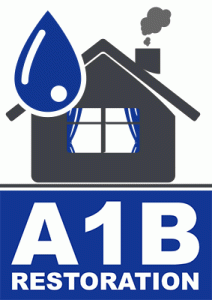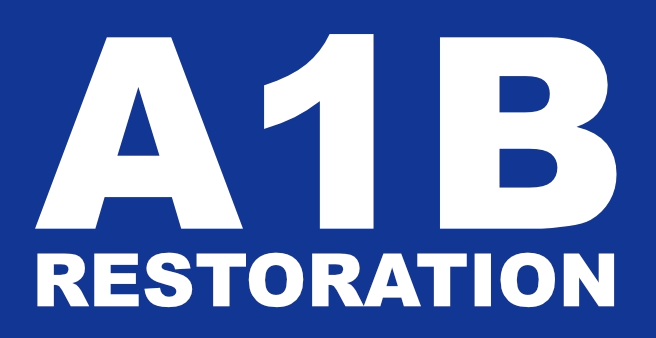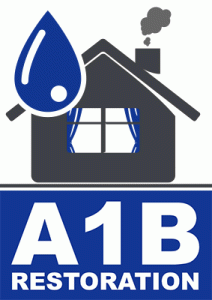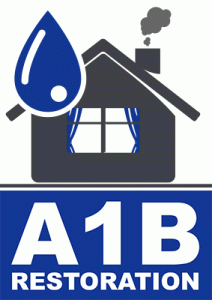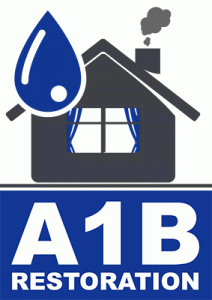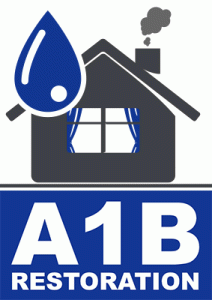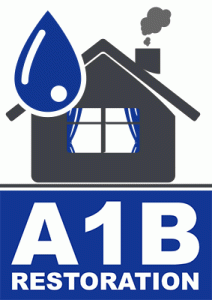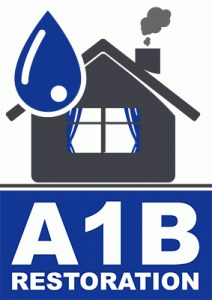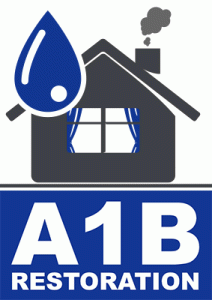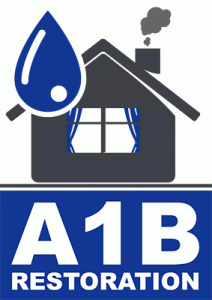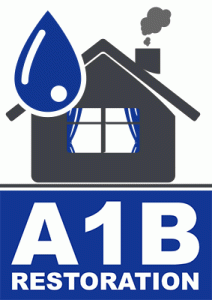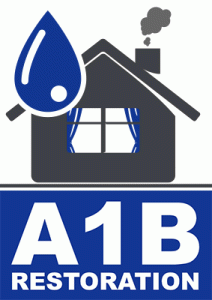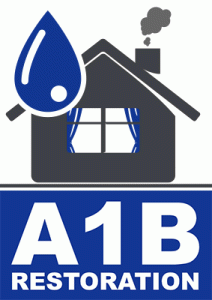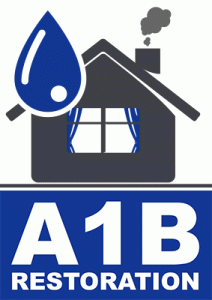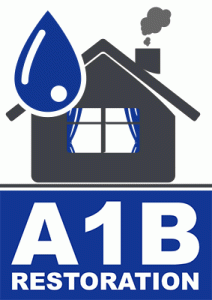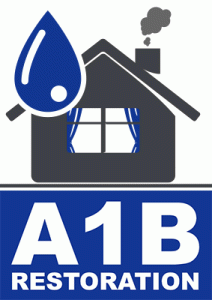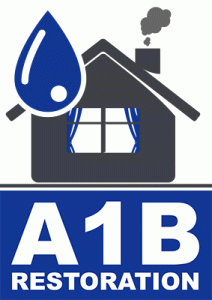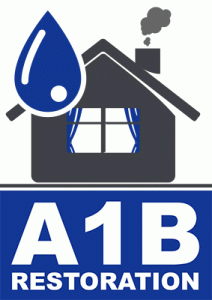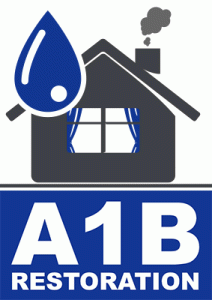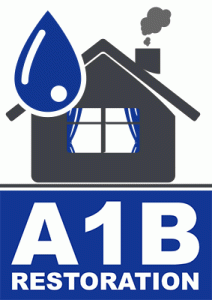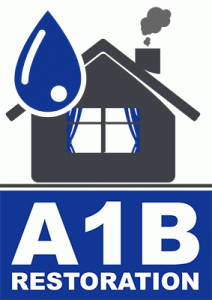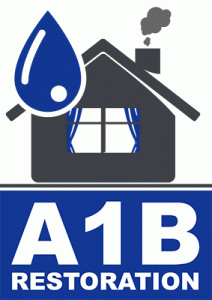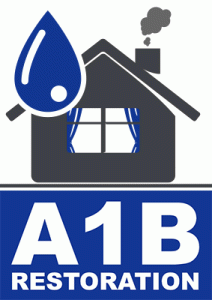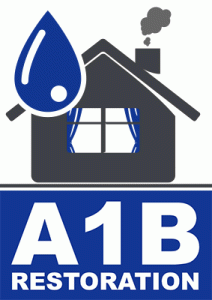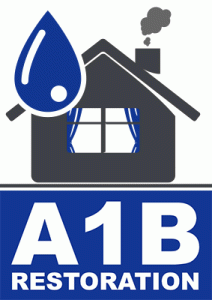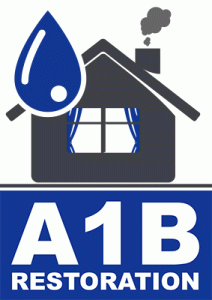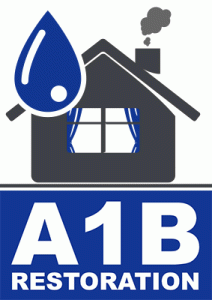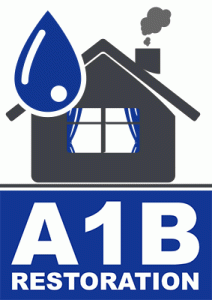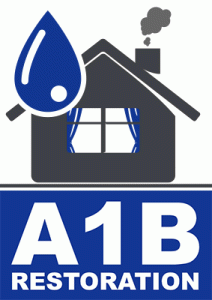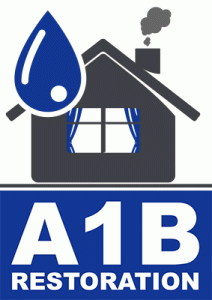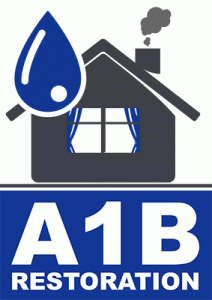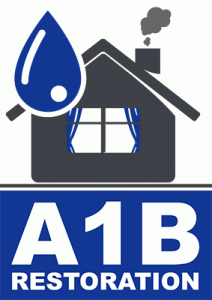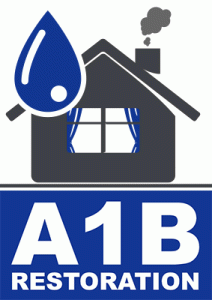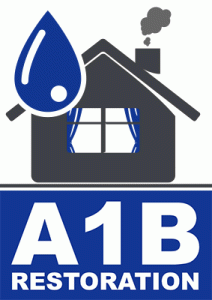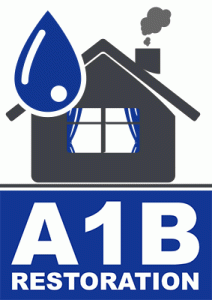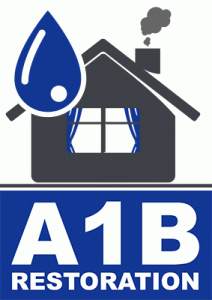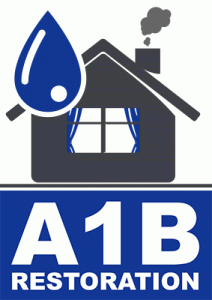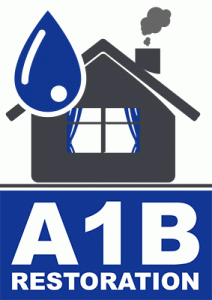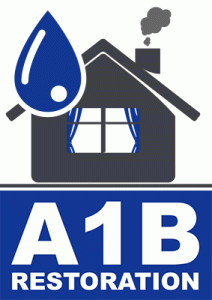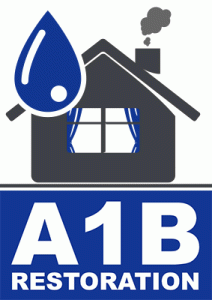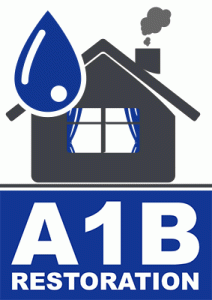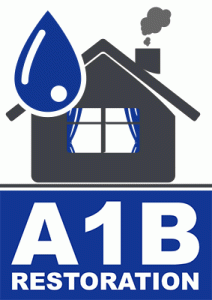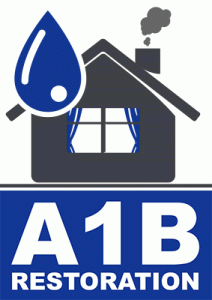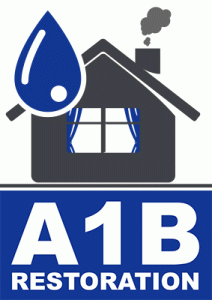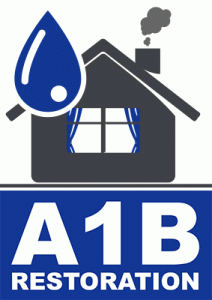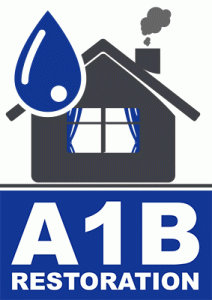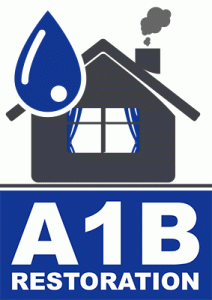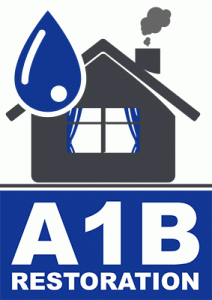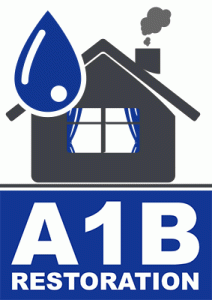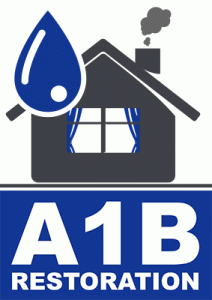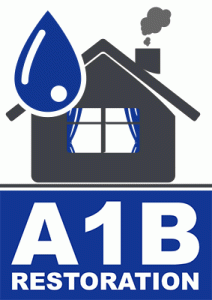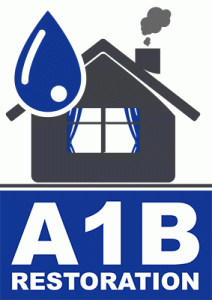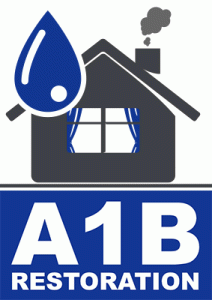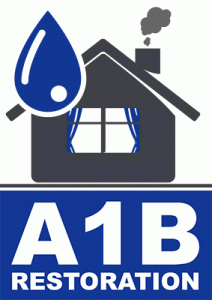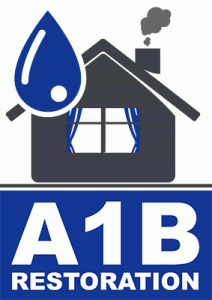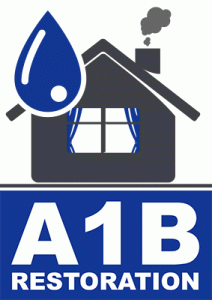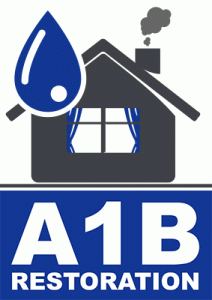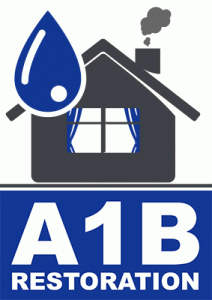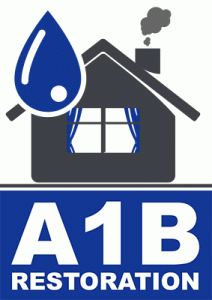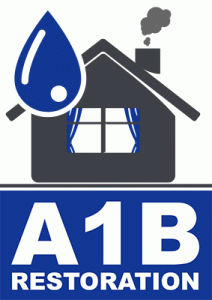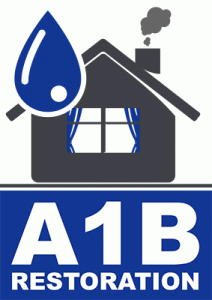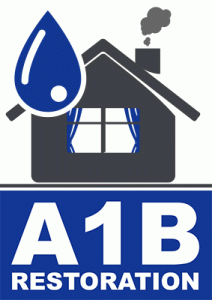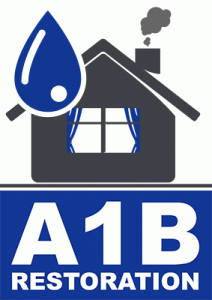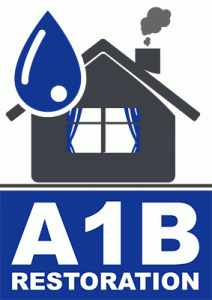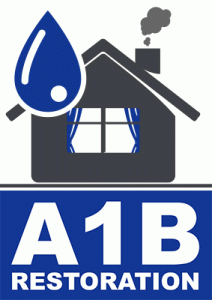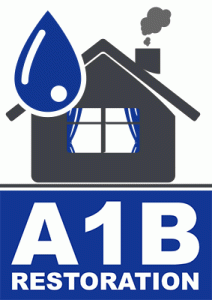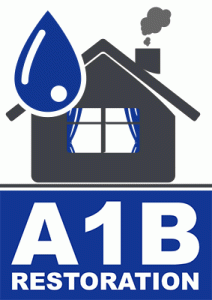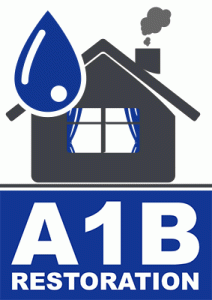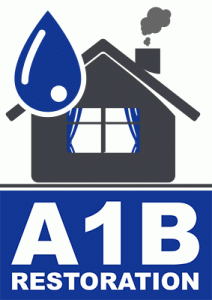Fire Damage vs. Water Damage: Restoring Your Home
When disaster strikes in the form of a fire or flood, the aftermath can be overwhelming. Homeowners often face the daunting task of restoring their beloved spaces back to normal. This blog post delves into the intricacies of fire damage and water damage, offering guidance on restoration processes and tips to help you navigate these challenging situations.
Understanding Fire Damage
Fires can cause extensive structural damage and affect the air quality within your home. According to the National Fire Protection Association (NFPA), fire departments in the United States respond to an average of 353,100 home structure fires annually, which result in considerable property loss.
Types of Fire Damage
Fire damage is categorized into three primary types:
- Flame Damage: Direct damage caused by the flames, which can destroy building materials and personal belongings.
- Smoke Damage: Residue from smoke can permeate walls, furniture, and personal items, leaving a lingering odor and potential health hazards.
- Water Damage: Water used to extinguish the fire can lead to further damage, such as mold growth and structural weakening.
Steps to Restore Fire Damage
Restoring a home after a fire involves several critical steps:
- Assessment: Conduct a thorough inspection to evaluate the extent of the damage, including structural, smoke, and water damage.
- Securing the Property: Board up windows and doors to prevent further damage and unauthorized entry.
- Water Removal: Use pumps and dehumidifiers to remove standing water and dry out the affected areas.
- Soot and Smoke Cleanup: Clean surfaces using specialized cleaning agents to remove soot and neutralize odors.
- Structural Repairs: Address any structural damage, including replacing damaged walls, floors, and ceilings.
- Final Restoration: Restore the home to its pre-fire condition, including repainting and refurnishing.
Understanding Water Damage
Water damage, often resulting from floods, leaks, or burst pipes, can be just as devastating as fire damage. The Insurance Information Institute reports that water damage is the second most frequently filed insurance claim in the United States.
Types of Water Damage
Water damage can be classified into three categories:
- Clean Water: Water from broken pipes or rain, which poses no immediate health risk.
- Gray Water: Water from appliances like washing machines, which may contain contaminants.
- Black Water: Highly contaminated water from sewage or natural floods, posing significant health risks.
Steps to Restore Water Damage
Water damage restoration involves a systematic approach:
- Inspection and Assessment: Identify the source of water and assess the extent of damage.
- Water Removal: Use pumps and vacuums to extract standing water.
- Drying and Dehumidification: Employ air movers and dehumidifiers to dry out the affected areas completely.
- Cleaning and Sanitizing: Clean and sanitize surfaces to prevent mold growth and eliminate contaminants.
- Restoration: Repair or replace damaged materials, such as drywall and flooring, to restore the home.
Fire Damage vs. Water Damage: Key Differences
While both fire and water damage can cause significant harm, they differ in their impact and restoration processes:
- Fire Damage: Primarily affects the structure and air quality, requiring extensive cleaning and deodorization.
- Water Damage: Primarily affects materials and can lead to mold growth, necessitating thorough drying and sanitation.
Actionable Tips for Homeowners
Here are some actionable tips to help you manage fire and water damage effectively:
- Insurance Coverage: Review your home insurance policy to ensure it covers fire and water damage.
- Emergency Plan: Develop an emergency plan for your family, including evacuation routes and emergency contacts.
- Regular Maintenance: Conduct regular maintenance checks to identify potential fire hazards and water leaks.
- Professional Help: Hire certified professionals for damage assessment and restoration to ensure quality work.
- Documentation: Document the damage with photos and detailed notes for insurance claims.
Conclusion
Restoring a home after fire or water damage can be a challenging process, but with the right approach and professional help, it is possible to bring your home back to its former glory. Understanding the differences between fire and water damage and how to address each can help you make informed decisions during these difficult times. Always prioritize safety and consult with experts to ensure a thorough and reliable restoration process.
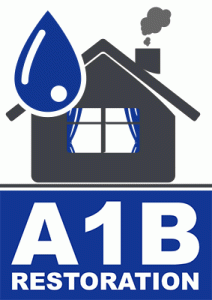
water damage restoration service Carrollton Texas

Frisco TX water damage restoration companies near me
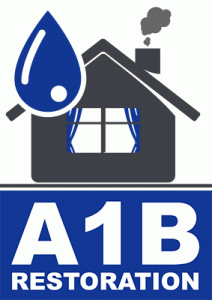
water damage and restoration companies Murphy Texas

water damage restoration services near me North Richland Hills Texas
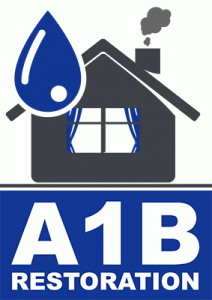
Richardson Texas water damage restoration service near me
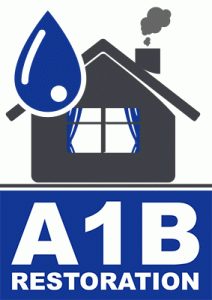
Cedar Hill Texas water damage restoration service near me
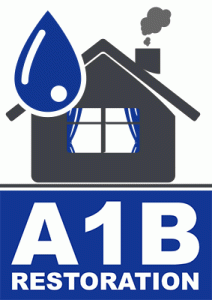
water damage and restoration companies Addison Texas

Duncanville Texas water damage restoration service near me

Water Damage
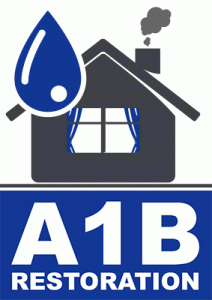
residential water damage restoration Royse City Texas

Preston Hollow Dallas Texas water cleanup company
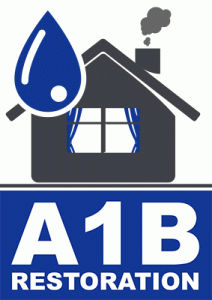
Lake Highlands Dallas Texas water cleanup service near me

Highland Park Texas water cleanup service near me
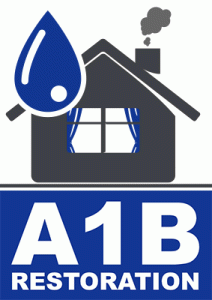
Mesquite Texas water damage restoration service near me
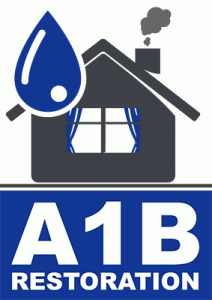
Lake Highlands Dallas Texas water damage cleanup near me
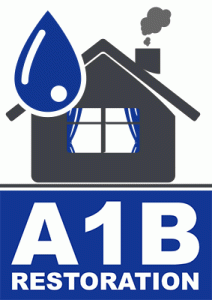
Duncanville Texas water extraction company near me
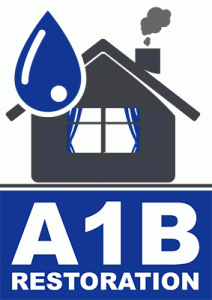
Plano Texas water damage restoration service near me

Southlake Texas water damage restoration service near me

Crowley Texas water damage restoration service near me

Grapevine Texas water damage restoration service near me
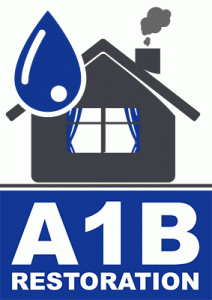
Fairview Texas water damage restoration service near me
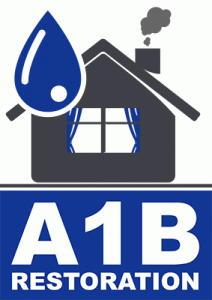
Haltom City Texas restoration water damage companies
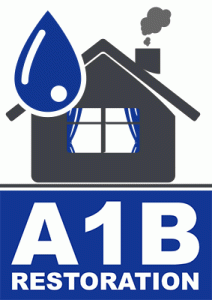
Euless TX water damage restoration companies near me
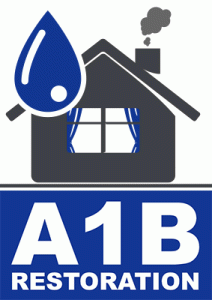
Southlake TX water damage restoration companies near me
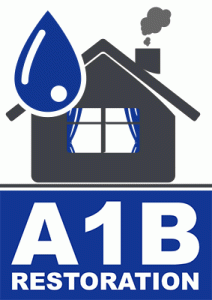
DeSoto TX water damage restoration companies near me
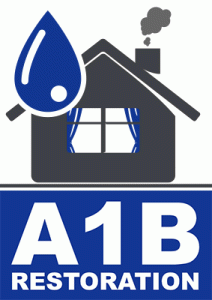
Lake Highlands Dallas TX home water damage restoration

Duncanville TX water damage restoration services
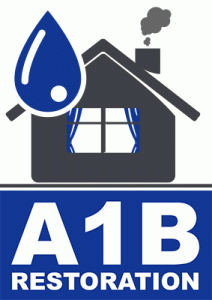
Grand Prairie TX water damage restoration companies near me
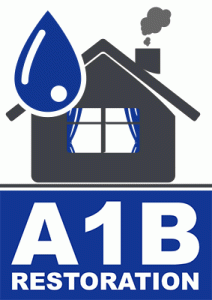
North Richland Hills TX restoration water damage experts
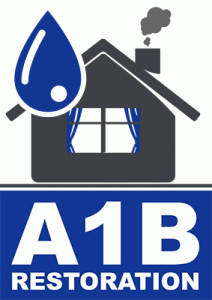
Lewisville TX water damage restoration companies
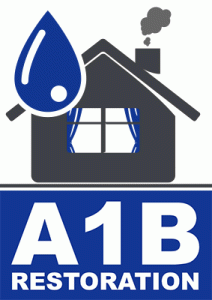
water damage company near me Preston Hollow Dallas Texas
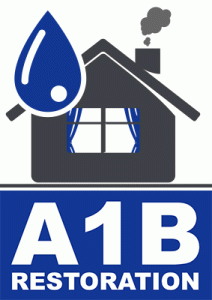
restoration services water damage Arlington Texas
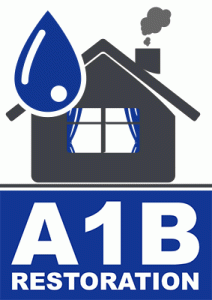
best water damage restoration near me DeSoto Texas
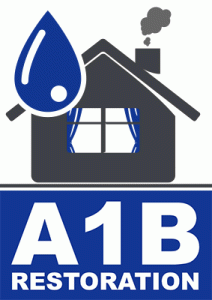
water damage and restoration companies Roanoke Texas

water damage and restoration companies Preston Hollow Dallas Texas
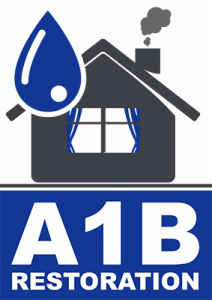
water removal services near me Lake Highlands Dallas Texas

water damage and restoration companies Carrollton Texas
